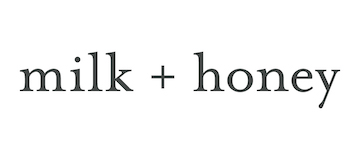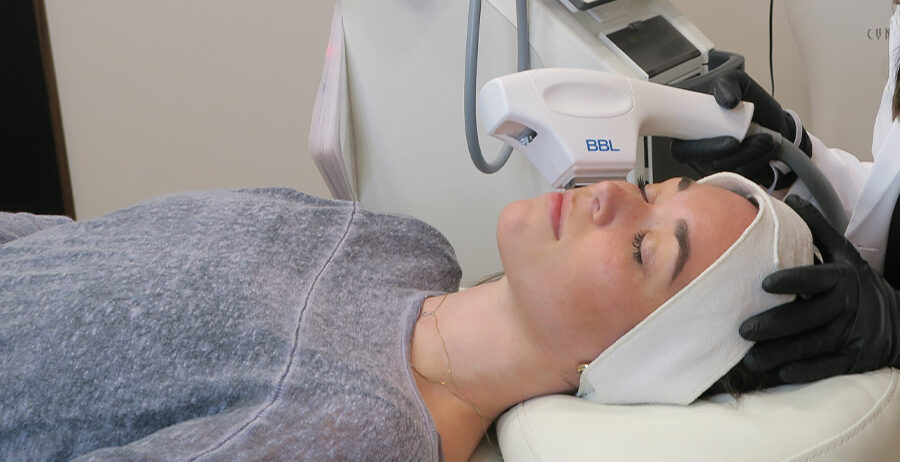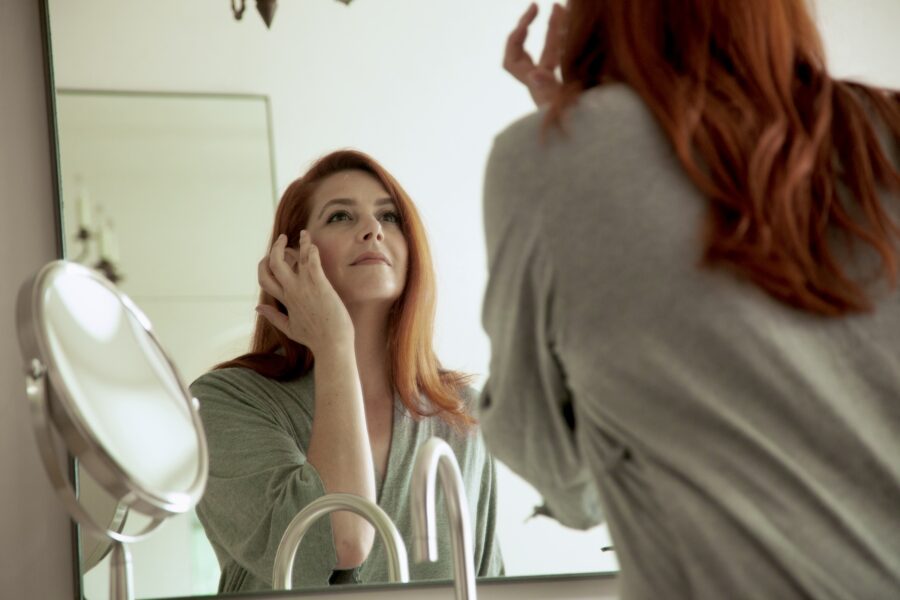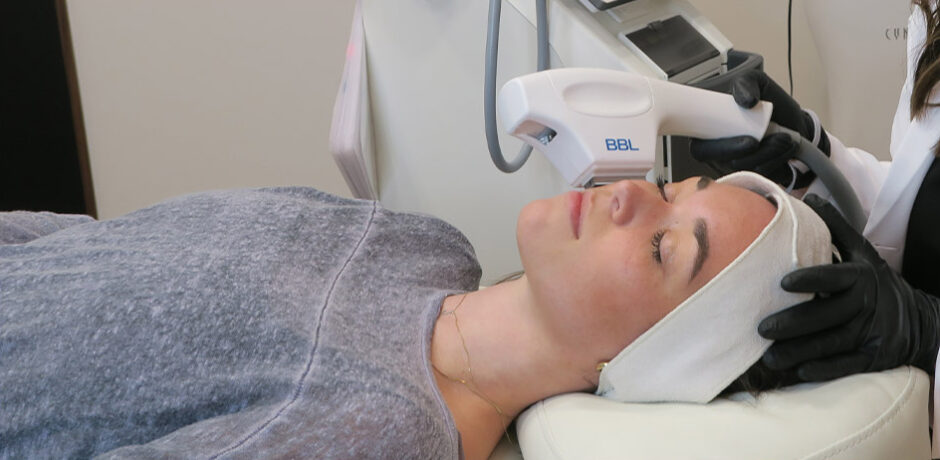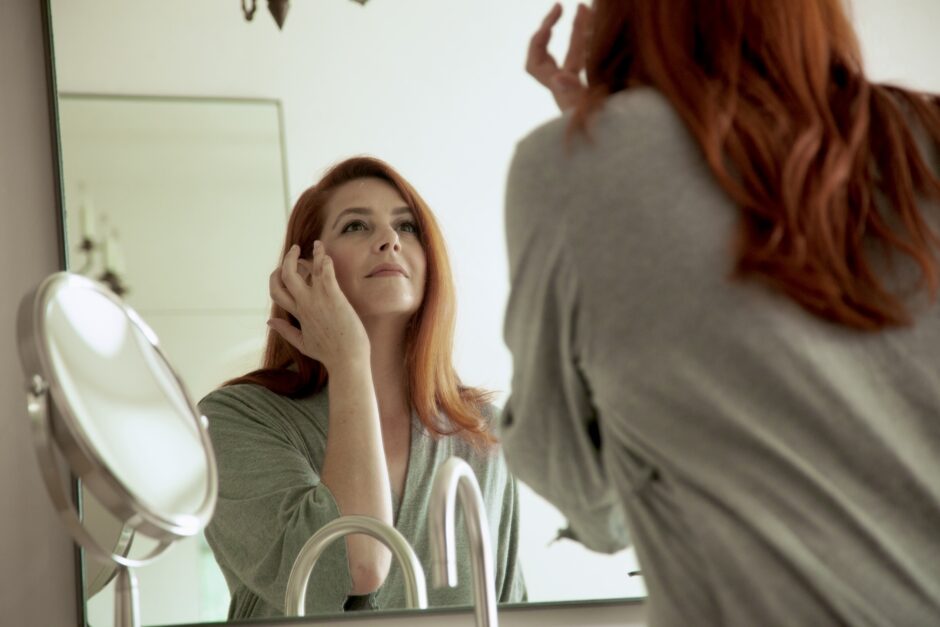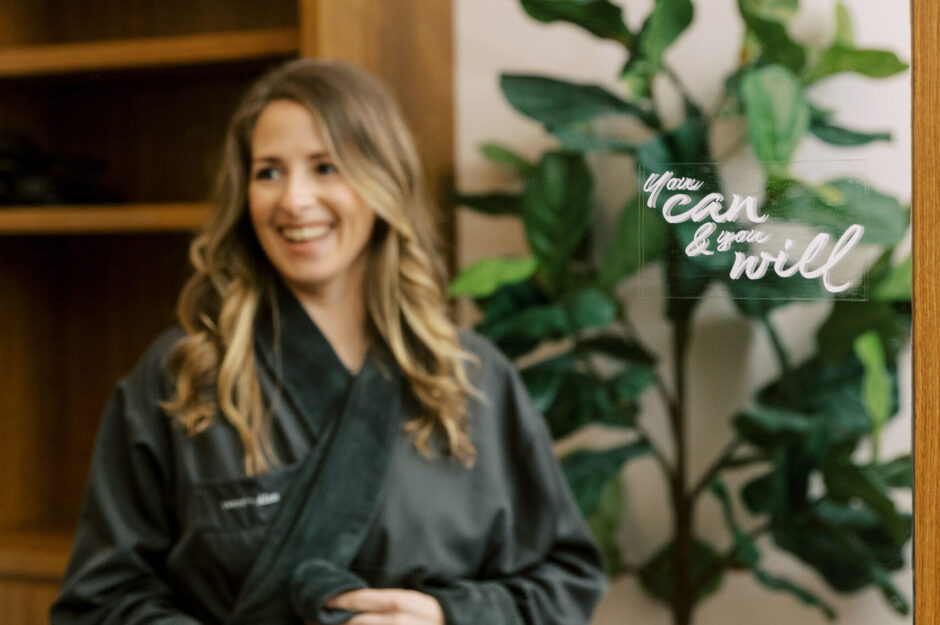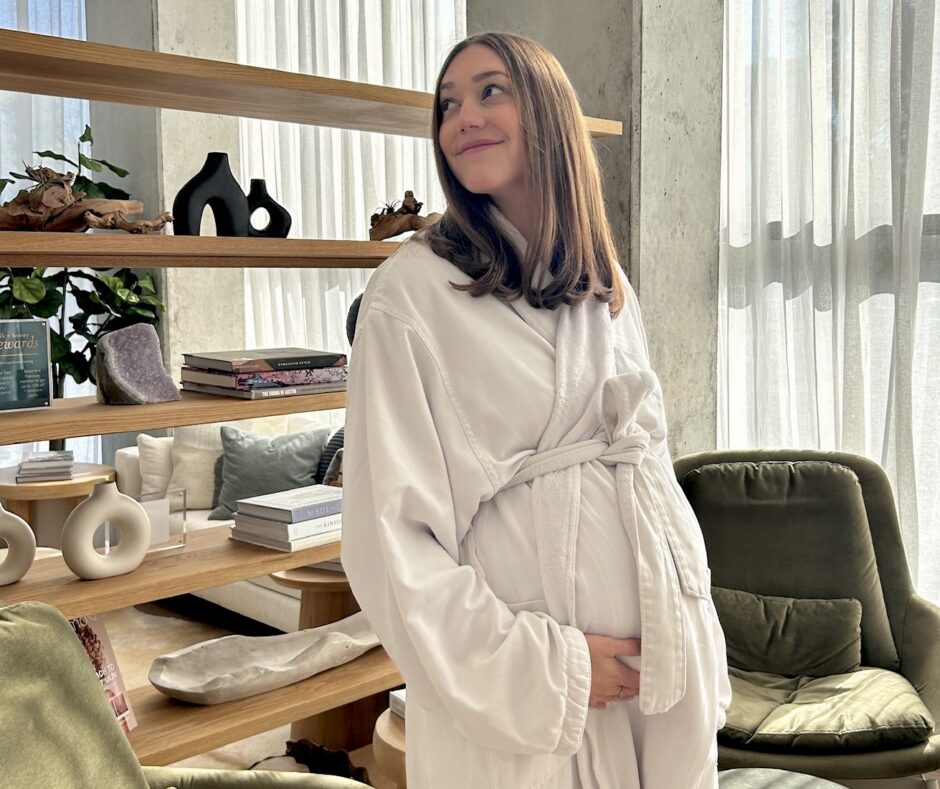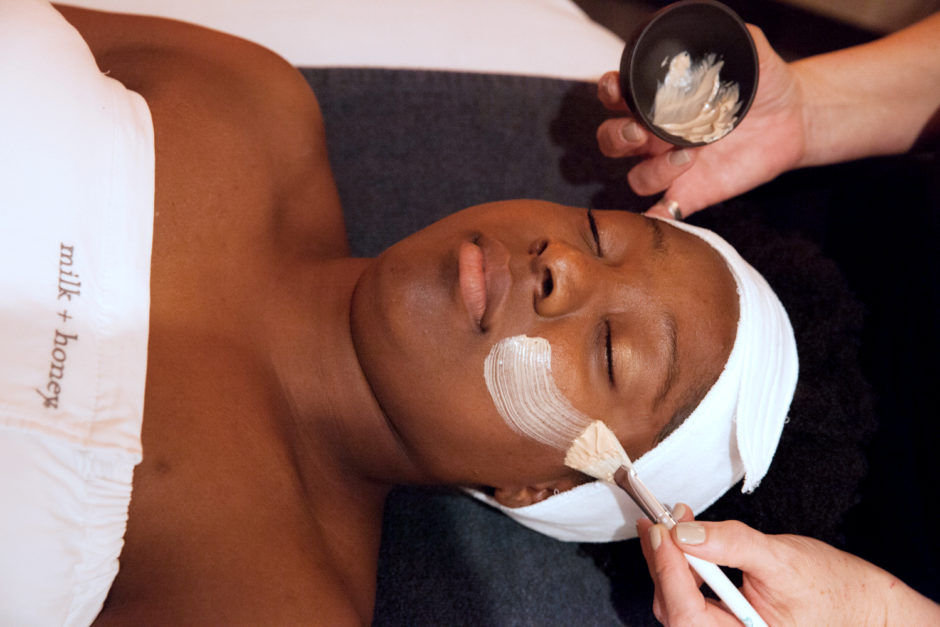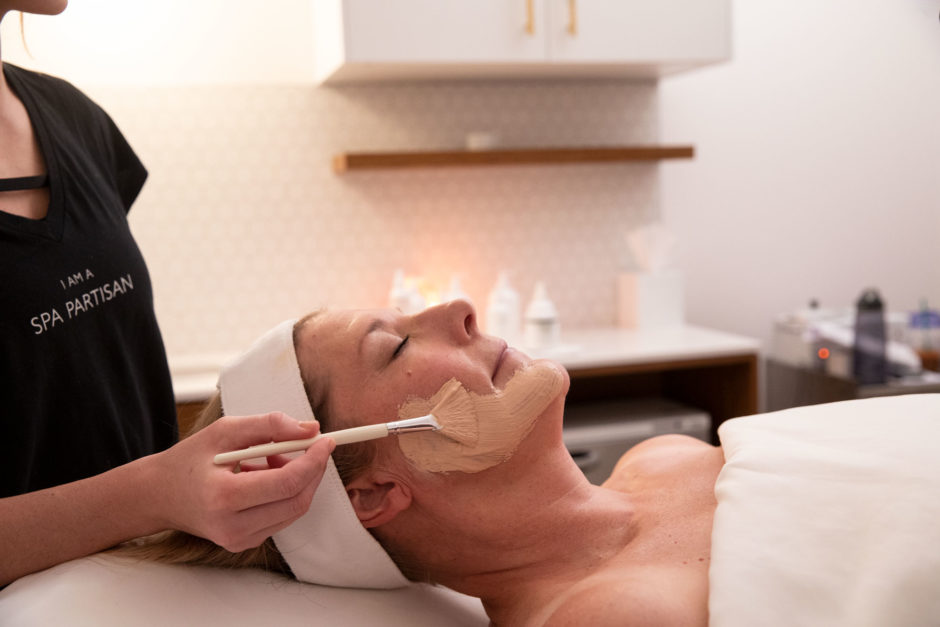Neurotoxins like Botox, Dysport, and Xeomin are renowned for their ability to soften fine lines and wrinkles, but their benefits extend far beyond cosmetic enhancements. From tackling excessive sweating to addressing non-cosmetic concerns, these treatments offer a wide range of possibilities for enhancing both appearance and quality of life. In this blog post, we’ll explore how neurotoxins can effectively manage hyperhidrosis, a medical condition characterized by uncontrollable sweating, and provide relief for those who struggle with this common yet often overlooked issue.
Hyperhidrosis is a medical condition marked by excessive sweating, typically occurring in specific areas such as the underarms, palms, or feet. For many individuals, this condition can be more than just a nuisance—it can significantly interfere with daily activities and cause embarrassment. While topical antiperspirants offer some relief, they may not always suffice, prompting individuals to seek alternative treatment options to manage their symptoms.
Neurotoxin injections offer a highly effective solution for managing hyperhidrosis by targeting the underlying cause of excessive sweating. These injections work by blocking the nerve signals that stimulate the sweat glands, thereby reducing sweat production in the treated areas. While the most commonly treated areas include the underarms, palms, and feet, neurotoxin injections can be tailored to address individual needs and concerns.
Neurotoxins like Botox, Dysport, and Xeomin go beyond simply softening fine lines and wrinkles. In addition to the ‘traditional’ areas like the Top 3 (Glabella, Crow’s Feet, and Forehead), these treatments offer numerous possibilities for addressing both cosmetic and non-cosmetic concerns
- Hyperhidrosis is a medical condition characterized by excessive sweating caused by overactive sweat glands most commonly seen in the underarms, palms, or feet. Many people suffer from excessive sweating regardless of their body temperature which can be embarrassing and interfere with their daily activities. In some cases, topical antiperspirants are not enough and patients may need to explore alternative options. Here’s how neurotoxins can help!
- The treatment works by blocking the nerve signals that instruct the sweat glands to become active. It can take up to two weeks for the results of Botox injections for hyperhidrosis to become evident. Depending on each person as well as the treatment area – the number of units needed varies however some patients may require 100 or more units to achieve optimal results. Like any non-surgical treatment, results are not permanent but can last around 4-6 months. Also a common misconception is that Botox injections may trigger compensatory sweating in other areas of the body. However, rest assured, such occurrences are extremely rare and are not permanent.
- Treatment areas include: Underarms, Palms, and Feet
Neurotoxin injections offer a versatile and effective solution for managing hyperhidrosis, providing relief for individuals struggling with excessive sweating. By targeting the underlying cause of the condition, these treatments can significantly improve quality of life and restore confidence. If you’re dealing with hyperhidrosis and seeking relief, consider exploring the possibilities offered by neurotoxin injections under the guidance of a qualified medical professional. Say goodbye to sweat stains and hello to a newfound sense of comfort and confidence!
Book a consultation to see if neurotoxins are your solution for a sweat-free summer, here.
